Why Korean Temples Are Worth Exploring
Korean temples are more than places of worship – they are sanctuaries of peace, history, and cultural depth. Nestled in mountains or hidden in forests, these temples invite visitors to slow down, breathe deeply, and connect with a centuries-old spiritual tradition.
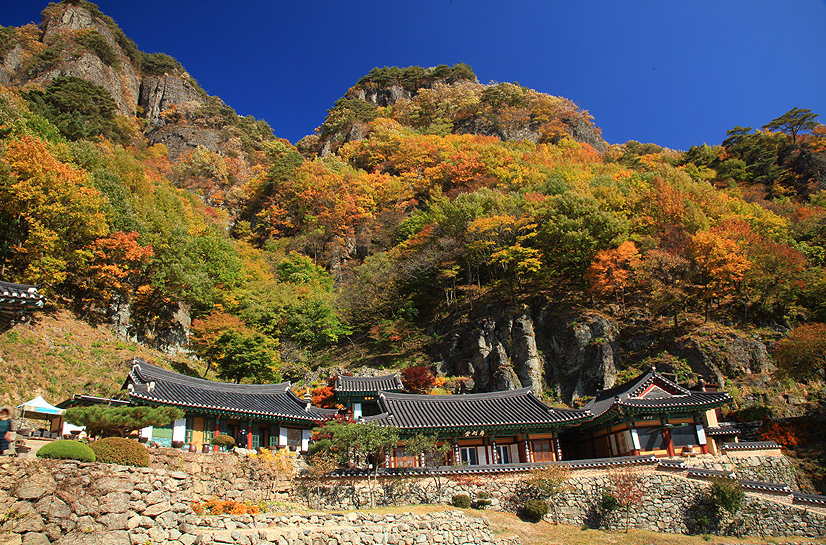
A Brief History of Korean Buddhism
Introduction of Buddhism to Korea
Buddhism arrived in Korea from China during the 4th century. It quickly became a central part of Korean spirituality, influencing art, architecture, and daily life.
Evolution Through the Silla and Goryeo Dynasties
During the Silla dynasty, Buddhism flourished, with masterpieces like Bulguksa Temple and Seokguram Grotto being built. The Goryeo dynasty further developed Buddhist printing and art, leaving behind treasures like the Tripitaka Koreana housed in Haeinsa Temple.
Temples in Modern Korea
Today, temples remain active centers of worship and culture. Many also welcome travelers through programs like Temple Stay, offering a chance to experience Buddhist practices firsthand.
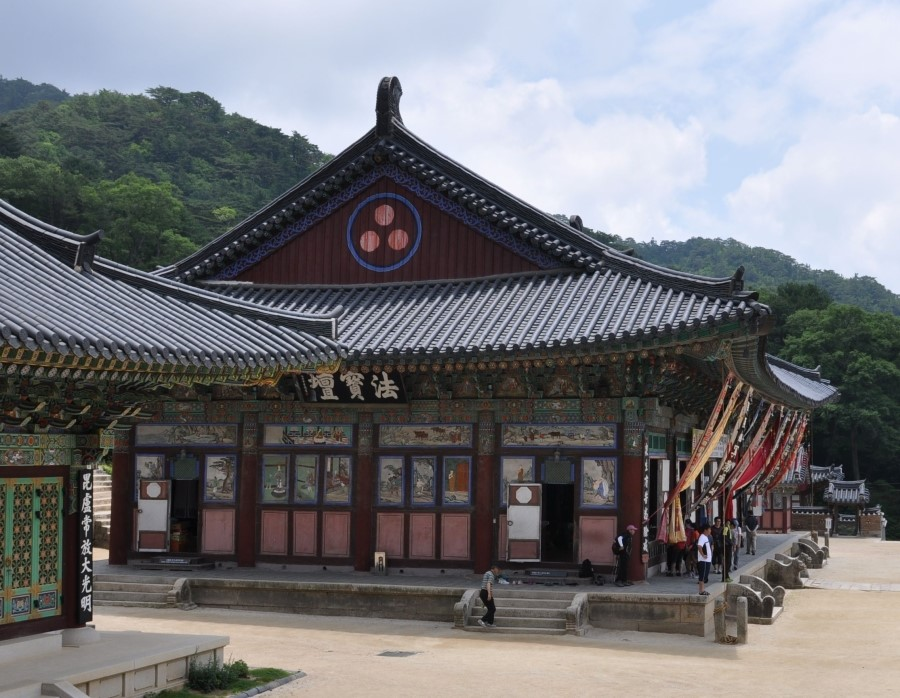
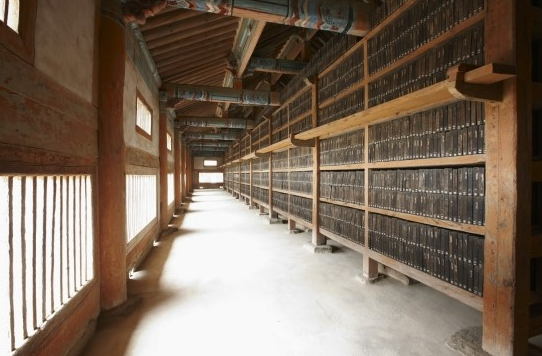

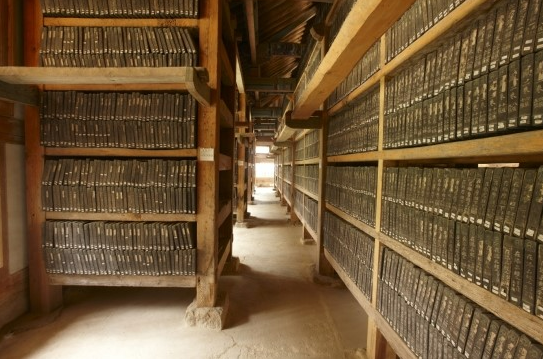
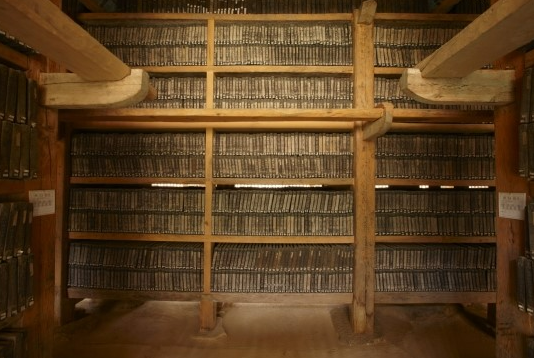
Architectural and Cultural Features of Temples
Pagodas and Buddha Halls
At the heart of many temples are Buddha halls where statues of the Buddha and Bodhisattvas reside. Stone pagodas, often found in temple courtyards, symbolize enlightenment and balance. These structures carry centuries of history and artistry.
Colorful Dancheong Paintings
Temple buildings are decorated with dancheong – vibrant, intricate patterns painted in red, blue, green, yellow, and white. These designs are not only beautiful but also symbolic, protecting the building from evil spirits while reflecting harmony with nature.
Temple Bells and Drums
Large bells (beomjong) and drums (beopgo) mark rituals and daily ceremonies. The deep sound of a temple bell resonating through the valley is an unforgettable part of the temple experience.
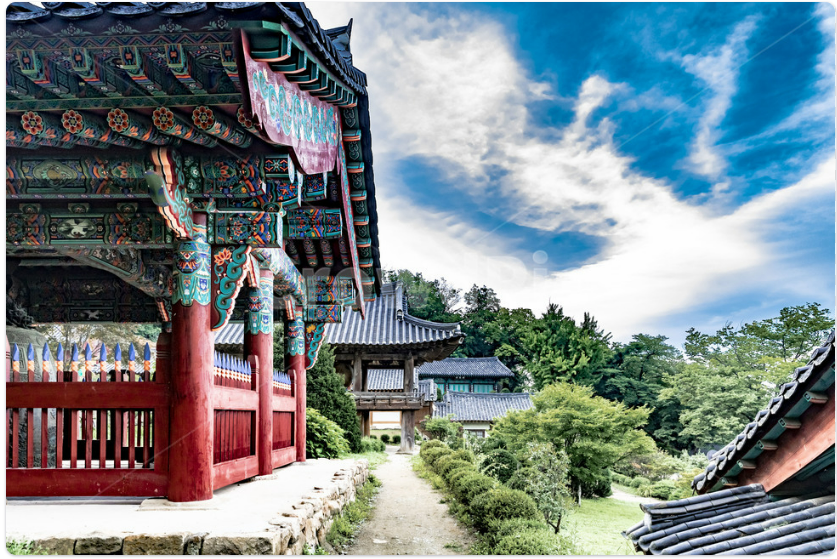
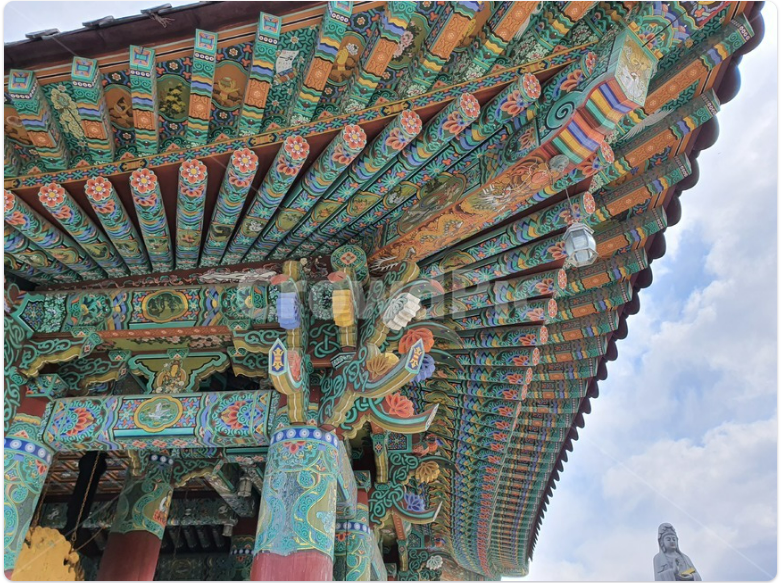
Famous Temples to Visit in Korea
불국사 (Bulguksa – Gyeongju)
A UNESCO World Heritage Site, Bulguksa is one of Korea’s most iconic temples. With its stone pagodas and grand architecture, it represents the peak of Silla Buddhist art.
해인사 (Haeinsa – Hapcheon)
Home to the Tripitaka Koreana, a priceless collection of Buddhist scriptures carved onto over 80,000 wooden blocks, Haeinsa is both a spiritual and historical treasure.
송광사 (Songgwangsa – Suncheon)
Known as a “monastery of monks,” Songgwangsa has produced many great Buddhist leaders. Its peaceful setting and rich traditions make it a significant temple for Korean Buddhism.
범어사 (Beomeosa – Busan)
Nestled on the slopes of Geumjeongsan Mountain, Beomeosa is famous for its scenic beauty and lively community of monks.
봉정사 (Bongjeongsa – Andong)
This temple is home to some of Korea’s oldest wooden structures, offering a glimpse into ancient Korean architecture and spiritual life.

Temple Stay Programs for Travelers
Many temples in Korea offer Temple Stay programs where visitors can live like monks for a day or more. Activities include meditation, tea ceremonies, Buddhist chanting, and community meals. It’s a chance to disconnect from modern distractions and experience inner peace.
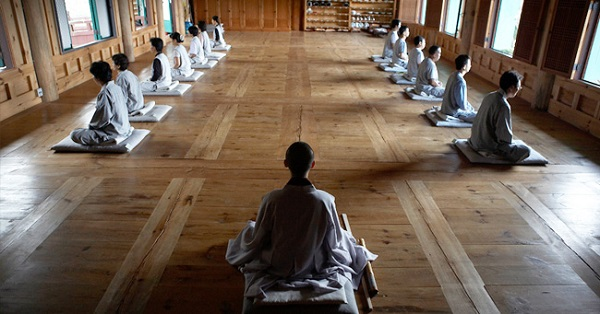
Tips for Visiting Temples Respectfully
- Dress Modestly: Shoulders and knees should be covered.
- Stay Quiet: Temples are active places of worship.
- Follow Signs: Some areas may be restricted to monks only.
- Remove Shoes: Always take off shoes before entering temple halls.
- Be Mindful: Photography may be limited in sacred spaces.
Finding Peace and Reflection in Korean Temples
Korean temples are not just tourist attractions – they’re living sanctuaries. Walking through pine forests to reach a temple, listening to monks chant at dawn, or sipping tea in silence can be transformative experiences.
For many visitors, exploring temples is less about religion and more about reconnecting with themselves. In a fast-paced world, temples offer rare moments of stillness, balance, and reflection.
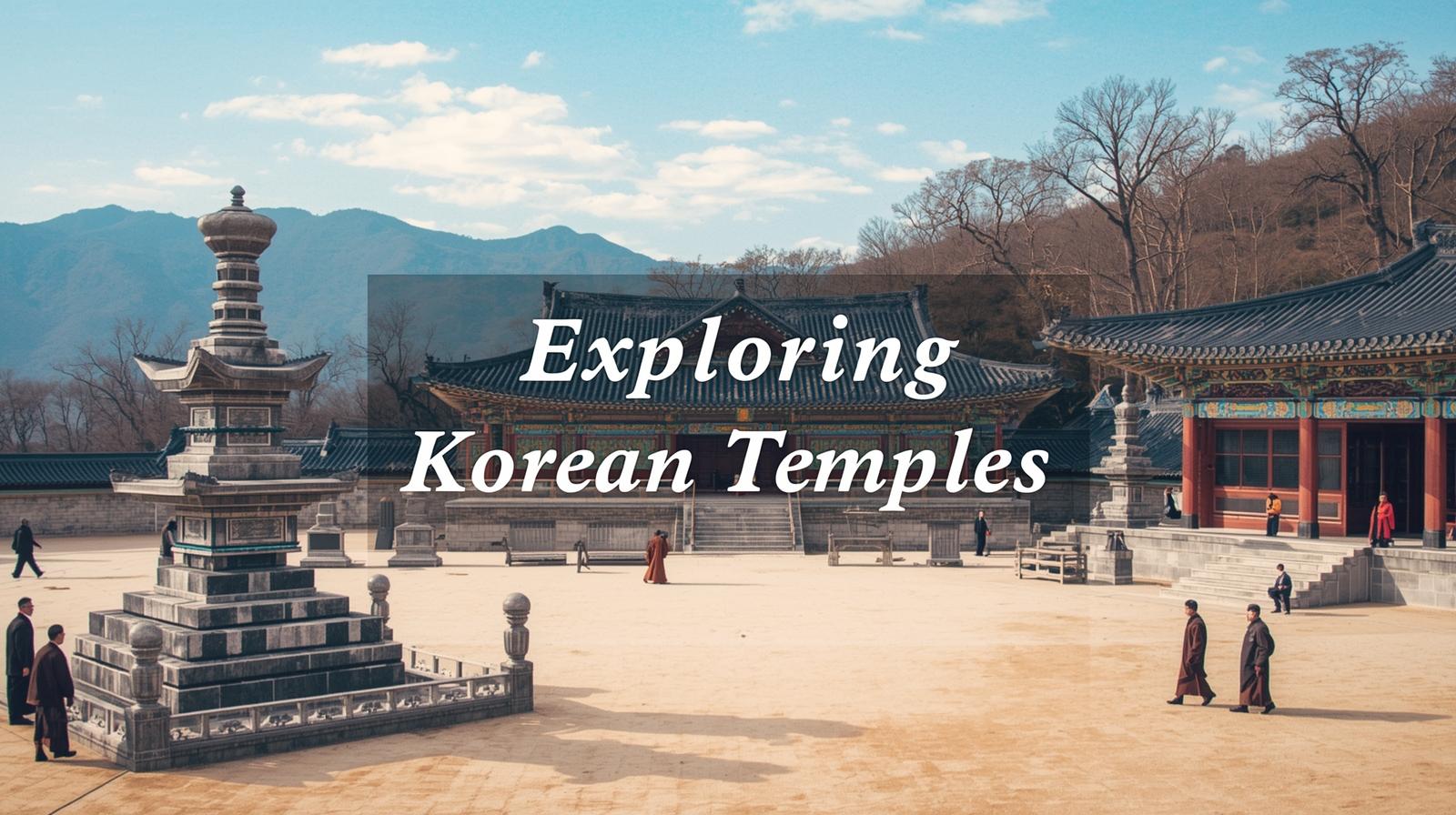
Leave a Reply